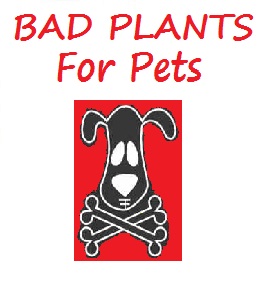Buckeye

Buckeye
Aesculus glabra
Hippocastanaceae
Aescin (escin) a glycosidic saponin, other saponins
Depression, twitching, inflammation of the mucous membranes, vomiting, diarrhea, hyper excitability, dilated pupils, loss of coordination, coma.
Buckeye (Aka. Ohio Buckeye, California Buckeye, Horse chestnut) is a highly toxic tree that can grow to heights of 50 feet or more. Every part of the plant is toxic to include the seeds, leaves, and bark, the toxicity of the plant can be attributed to glycosides such as aesculin, saponin, fraxin, and possibly alkaloids. The common signs of ingestion are depression, twitching, inflammation of the mucous membranes along with vomiting. In companion animals puppies that are allowed to roam freely in an area where seeds may have dropped to the ground are at the highest risk for consuming the plant. The combination of a young dog’s curiosity and desire to explore the world with their mouth and the inherent toxicity of the plant can make for a potentially lethal combination.
In more mature animals over consumption and acute toxicity resulting in serious side effects is rare. Not just the fruit, but the leaves, bark and flowers possesses a sharp, bitter and unpleasant taste that tends to limit the amount and animal can tolerate ingesting. Additionally the main toxic principle of the plant “Aesculin” is poorly absorbed by the body. In the overwhelming majority of cases severe gastroenteritis (vomiting, diarrhea) is the only adverse reaction. However, as with any toxin, the larger the amount consumed the more severe the clinical signs. It is possible, although unlikely for animals to consume large amounts which could result in a lack of coordination, muscle spasms, twitching, hyper-excitability, depression, muscle weakness and occasionally paralysis and unconsciousness leading to coma or death.
Avoid Further Ingestion of the Plant and consult a veterinarian. Remove any existing plant material from the animal’s mouth, induce vomiting with a 3% peroxide solution, then flush the mouth thoroughly with water. If it is suspected that a large quantity was ingested then gastric lavage and activated charcoal may be required. horoughly with water. Consult a Veterinarian. With swift diagnosis and treatment nearly all animals will survive without permanent damage




